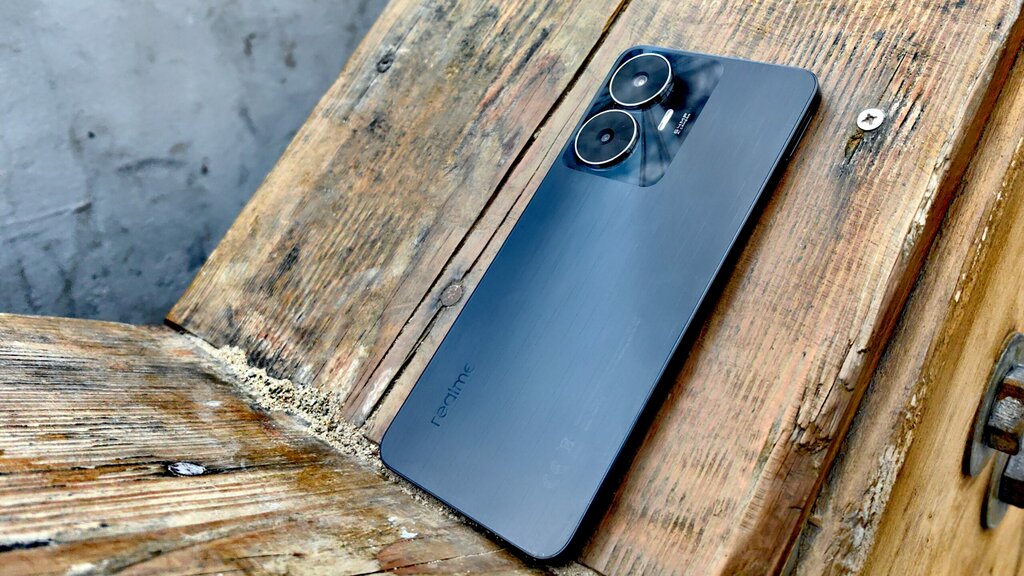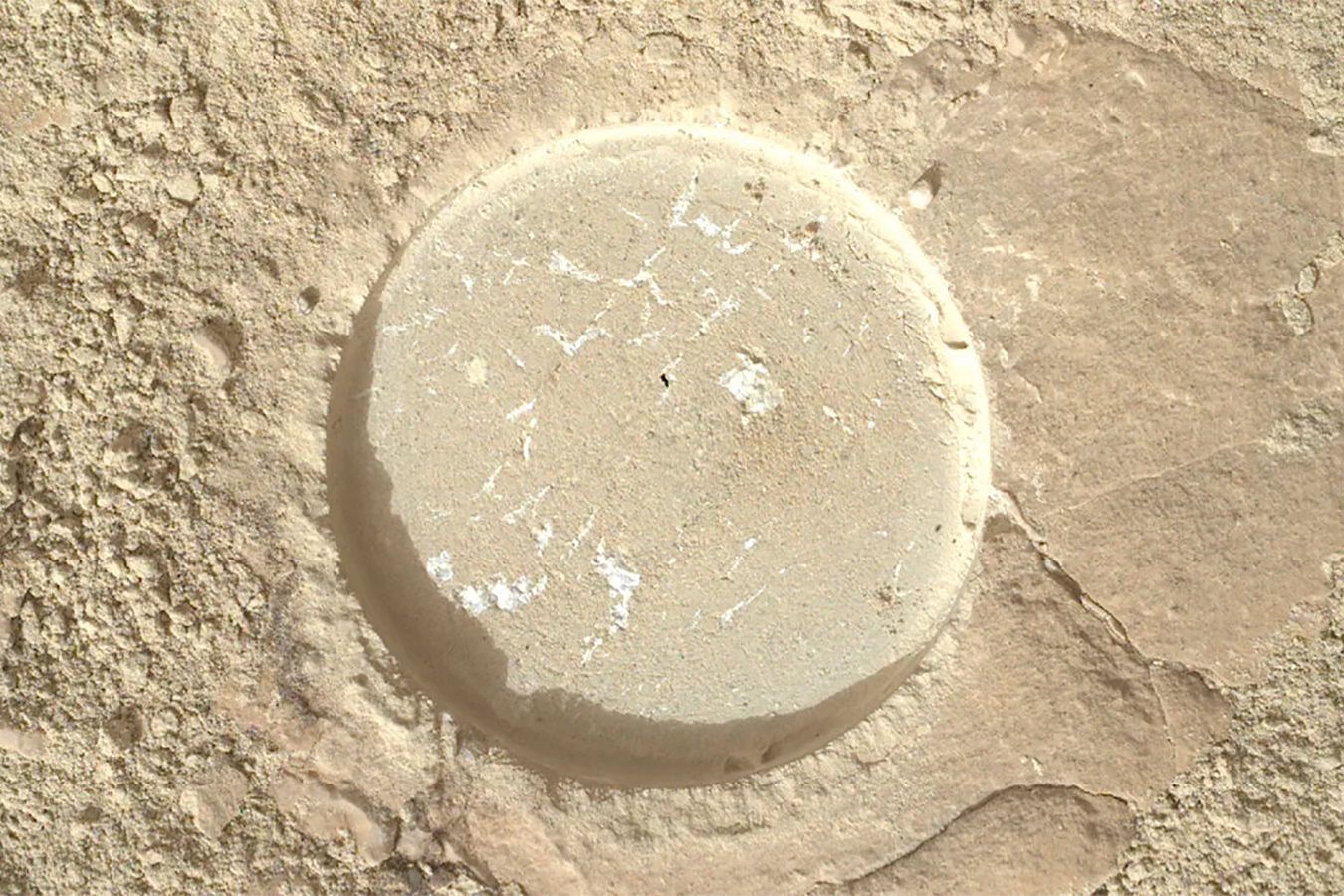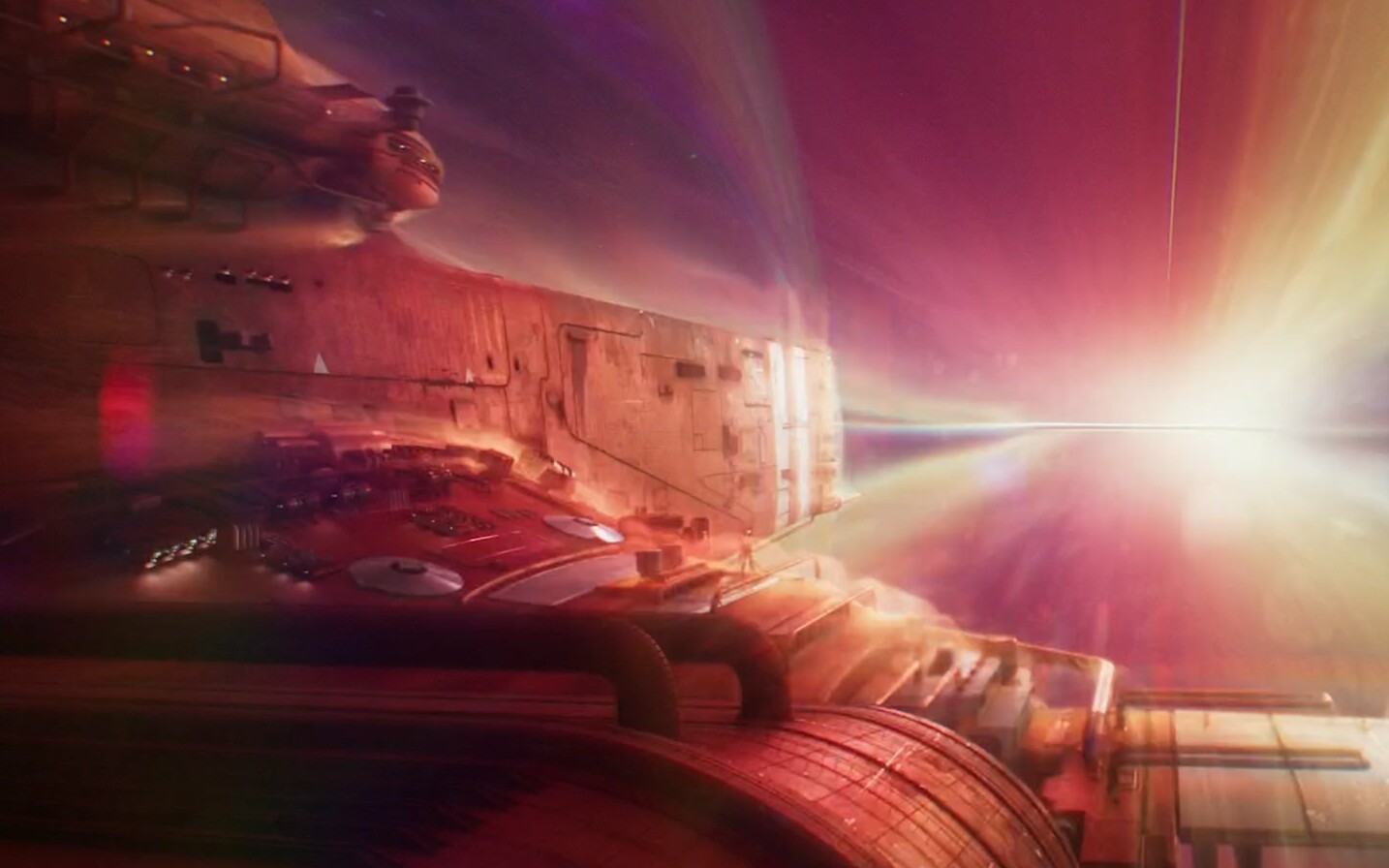 Today, many Linux distributions are more popular than ever, but for everyday work and entertainment, Windows is still the most popular choice. Especially in this second aspect, it is believed that Linux is not able to offer the same experience, after all, video games have not been properly adapted to this system for a very long time. However, a lot changed in September 2018, when Valve introduced its tool called Proton (built on Wine) – which allowed you to run games from Windows (although other alternatives already existed). Currently, the solution has been developed to the point that it allows running the latest products. It even happens that a user can achieve better results on Linux than on Windows. For the second time, it's time to test gaming performance on both operating systems. But this time using AMD graphics chips.
Today, many Linux distributions are more popular than ever, but for everyday work and entertainment, Windows is still the most popular choice. Especially in this second aspect, it is believed that Linux is not able to offer the same experience, after all, video games have not been properly adapted to this system for a very long time. However, a lot changed in September 2018, when Valve introduced its tool called Proton (built on Wine) – which allowed you to run games from Windows (although other alternatives already existed). Currently, the solution has been developed to the point that it allows running the latest products. It even happens that a user can achieve better results on Linux than on Windows. For the second time, it's time to test gaming performance on both operating systems. But this time using AMD graphics chips.
Author: Natan Valenchik
At the beginning of March 2024, an article was published on the PurePC.pl website that highlighted the performance differences between Windows 11 and Garuda Linux, although the two configurations included only NVIDIA graphics systems: GeForce GTX 1660 Ti and GeForce RTX 4090. So the comparison was incomplete. Entirely because it did not contain the AMD modules mentioned. Two graphics cards from different price ranges were selected so that the results can determine which system performs better for playing video games. Previous testing showed that Windows is not the best in every possible case. This time, the scales may be tipped more in favor of Linux. However, before we move on to the actual part of the material, the test configuration and other assumptions will be discussed.
Windows and Linux are fighting with each other again. But this time two graphics systems from AMD will participate. Tests will once again show us whether free solutions can be a serious alternative to their paid counterparts. First, we'll see which system works best in video games.
How to start your adventure with Linux? Install and configure the system step by step. Guide for beginners
A platform created by the PurePC team was used for testing. We are talking about a unit based on Corsair iCUE components, an overview of which can be found here At this address. Its heart is a 12th generation Alder Lake processor, namely the Intel Core i9-12900KS. It is complemented by 32 GB of RAM with DDR5 standard. The data carrier on which all products will be launched is the 1TB Corsair MP600 Pro. However, the main champions will be the graphics systems from AMD, namely the AMD Radeon RX 7600 XT and Radeon RX 7900 XTX. Both consoles feature ray tracing support (both Ray Tracing and Path Tracing), but are aimed at a different group of players. The first model is a more budget solution that works in Full HD resolution. The second variant is already a major rack, based on the structure of RDNA 3. The final results will certainly be very interesting.
| Corsair iCUE PurePC | ||
| Processor model | Intel Core i9-12900KS | |
| Processor configuration | 8R P-Core + 8R E-Core / 24W | |
| CPU clock speed | 3400-5500 / 2500-4000MHz | |
| Integrated graphic system | Intel UHD 770 | |
| Motherboard | Asus Prime Z790-A WiFi | |
| Dedicated graphics card | AMD Radeon RX 7600XT | AMD Radeon RX 7900 XT |
| RAM model | Dominator Titanium Corsair | |
| RAM operating memory | 32GB DDR5 memory (2 x 16GB) | |
| RAM settings | 7200MHz CL34 | |
| Data bus | Corsair 1TB MP600 Pro | |
| freighter | Corsair RM850x Shift 850W | |
| issue | Corsair Airflow 5000D | |
Of course, this time we can also rely on tests with optional performance optimization technology, more specifically AMD FSR. For each title you will find a short description and charts showing the results achieved in different scenarios, as well as screenshots of the specific measurement locations and settings. The list includes almost the same products as before (except for one title that “didn't want to collaborate”), so we'll see both slightly older games and those that recently premiered (like Alan Wake 2). In the end we will be able to read the final conclusions. The same operating systems will participate in the struggle again: Windows 11 Home and Garuda Linux KDE Dragonized Gaming Edition (a description of this distribution can be found At this address). In the first case, AMD: Adrenalin Edition 24.3.1 was responsible for the graphics drivers, while in Linux they were open source packages that were automatically installed with the system.

“Prone to fits of apathy. Introvert. Award-winning internet evangelist. Extreme beer expert.”


![Linux vs Windows - which system is better for gaming? AMD Radeon RX 7900 XTX and Radeon RX 7600 XT performance test [1]](https://www.purepc.pl/image/artykul/2024/04/05_linux_vs_windows_ktory_system_jest_lepszy_do_gier_test_wydajnosci_amd_radeon_rx_7900_xtx_oraz_radeon_rx_7600_xt_120.png)
![Linux vs Windows - which system is better for gaming? AMD Radeon RX 7900 XTX and Radeon RX 7600 XT performance test [2]](https://www.purepc.pl/image/artykul/2024/04/05_linux_vs_windows_ktory_system_jest_lepszy_do_gier_test_wydajnosci_amd_radeon_rx_7900_xtx_oraz_radeon_rx_7600_xt_117.jpg)







